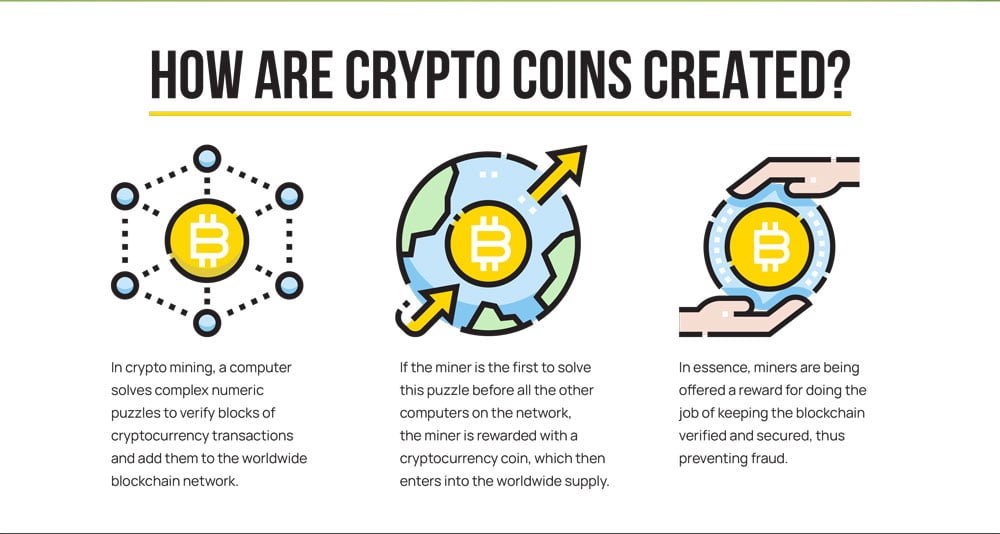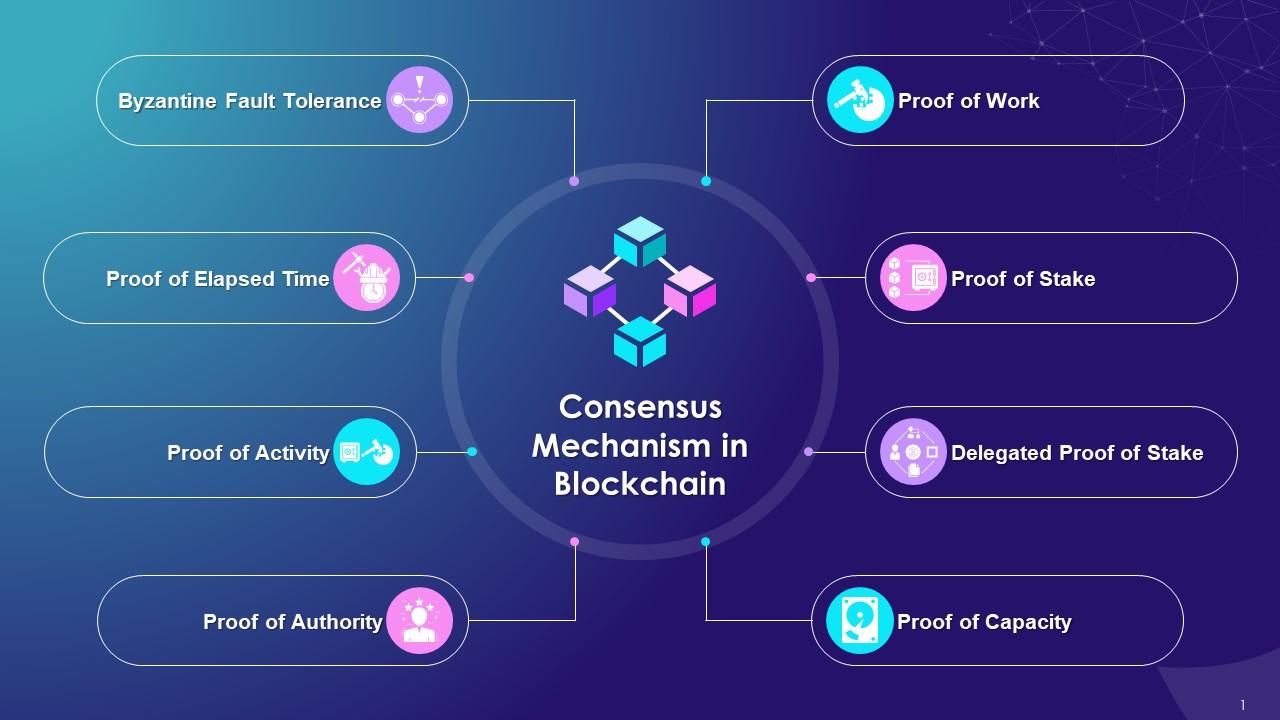Airdrops Explained: Comprehensive Guide
In the world of cryptocurrency, airdrops have become a popular and effective way for projects to distribute tokens or coins to the community. These distributions are typically free, with the primary goal being to promote the project, increase adoption, and encourage engagement with the blockchain. Airdrops can also serve as a reward for early users, holders, or participants in a project’s ecosystem. In this guide, we will explore what an airdrop is, how it works, the different types of airdrops, and how you can participate in them.
What is an Airdrop?
An airdrop is the process by which a blockchain project distributes free tokens or coins to a select group of cryptocurrency holders or users. The term “airdrop” refers to the free delivery of tokens to recipients, much like an airdrop in the traditional sense involves the free distribution of supplies from an aircraft. These tokens can be used within the project’s ecosystem, traded, or held as speculative investments. Airdrops are often used as a marketing tool by new or growing cryptocurrency projects to raise awareness, encourage adoption, or reward loyal users.
Airdrops can also be a way to decentralize token distribution and make sure the project’s tokens are not controlled by just a few large investors. In the broader cryptocurrency world, airdrops are common across both new and established projects.
How Do Airdrops Work?
The process of an airdrop is usually straightforward but can vary slightly depending on the project. Here is a typical step-by-step breakdown of how airdrops work:
1. Announcement
Projects announce an airdrop through social media, their websites, forums, or via email newsletters. They will provide detailed instructions about the requirements for receiving the tokens and the timeframe of the airdrop.
2. Requirements and Eligibility
Most airdrops have specific requirements that users must meet to be eligible. These could include:
- Holding a specific cryptocurrency: Often, users must hold a particular cryptocurrency in their wallets (such as Bitcoin, Ethereum, or the project’s native token) to qualify for the airdrop.
- Signing up on the platform: Some projects require users to sign up on their website or platform to receive tokens.
- Social media actions: Some airdrops require participants to follow the project on social media, join their Telegram group, or share posts.
- Completing tasks: In some cases, users need to perform tasks such as referring friends, engaging with the project, or completing surveys to be eligible for an airdrop.
3. Snapshot (Optional)
In many cases, projects take a “snapshot” of a blockchain at a specific block height to identify the addresses that are eligible to receive the tokens. A snapshot is essentially a record of who holds certain tokens at a given point in time, and those individuals will then be airdropped the new token based on the snapshot.
4. Token Distribution
Once the airdrop requirements are met and the snapshot is taken, the project distributes the tokens to the eligible users. The distribution can take anywhere from a few hours to several days or even weeks, depending on the scale of the airdrop.
5. Token Usage
After the airdrop, users can choose to hold the tokens for potential future growth, use them within the project’s ecosystem, or trade them on exchanges if the token is listed. In some cases, airdropped tokens might not have immediate liquidity and might not be tradable until the project achieves certain milestones or listings on exchanges.
Types of Airdrops
There are several different types of airdrops, each with its own specific mechanics and requirements. Here are some of the most common types:
1. Standard Airdrop
In a standard airdrop, participants typically need to meet basic criteria such as holding a specific cryptocurrency or being an active community member. These airdrops usually involve a relatively simple process, and anyone who meets the eligibility requirements will receive the tokens automatically.
2. Bounty Airdrop
Bounty airdrops involve participants performing certain tasks in exchange for receiving free tokens. These tasks could include things like:
- Social media tasks: Following the project on Twitter, retweeting posts, or joining Telegram groups.
- Writing blogs or articles: Creating content that promotes the project.
- Referral programs: Inviting friends to join or sign up for the project. Participants are rewarded with tokens once they complete the specified tasks.
3. Exclusive Airdrop
Exclusive airdrops are distributed to a select group of users who are already active or engaged in a particular ecosystem. For example, users who already hold a specific cryptocurrency or have participated in a previous sale or event may be eligible for an exclusive airdrop. These airdrops tend to be more targeted and less publicized than other types.
4. Holder Airdrop
In a holder airdrop, tokens are distributed to individuals who hold a specific cryptocurrency or token in their wallets. This type of airdrop is often used by blockchain projects to reward existing holders of their token or to promote the adoption of a new token by incentivizing those who already have a vested interest in the ecosystem.
5. Hard Fork Airdrop
A hard fork airdrop occurs when a blockchain splits into two separate chains, and holders of a particular cryptocurrency on the original chain are given the new token of the newly created chain. For example, Bitcoin Cash (BCH) was created as a result of a hard fork from Bitcoin (BTC), and holders of BTC were airdropped BCH tokens in proportion to their BTC holdings at the time of the fork.
How to Participate in Airdrops
Participating in airdrops is relatively easy, but it requires being proactive. Here are some tips on how to participate in airdrops:
1. Stay Informed
To participate in airdrops, you must stay informed about upcoming opportunities. You can follow cryptocurrency news websites, social media accounts of blockchain projects, and specialized platforms that track airdrops. Some popular websites include:
- Airdrop Alert
- CoinMarketCap Airdrops
- Airdropbob
- Telegram Groups: Many blockchain projects use Telegram to announce airdrop opportunities.
2. Meet the Requirements
Once you find an airdrop that interests you, read through the requirements and ensure you meet them. These may involve holding a certain amount of cryptocurrency, signing up for the project’s platform, completing social media tasks, or referring friends.
3. Secure Your Wallet
Most airdrops require you to have a cryptocurrency wallet where the tokens will be sent. Ensure that your wallet is compatible with the token being airdropped. Common wallets like MetaMask, Trust Wallet, and MyEtherWallet support a wide range of tokens.
Additionally, avoid using exchange wallets for airdrops, as exchanges may not support airdrop tokens. Always use a wallet where you control the private keys.
4. Avoid Scams
Unfortunately, the crypto space is rife with scams, and airdrops are no exception. Be cautious of projects that ask for private keys, passwords, or other sensitive information. Legitimate airdrops will never ask for your private keys. Always do your own research (DYOR) before participating in any airdrop to ensure that the project is trustworthy.
Advantages of Airdrops
Airdrops provide several benefits both to the project and the recipients:
1. Marketing and Awareness
Airdrops are an excellent marketing tool for new blockchain projects. By distributing tokens to a wide range of people, they can increase awareness of their project and generate buzz in the crypto community. Airdrops can also incentivize people to learn more about the project and its goals.
2. Decentralization
Airdrops promote decentralization by ensuring that tokens are distributed widely across different holders rather than being concentrated in the hands of a few individuals or institutions. This helps to create a more equitable and sustainable ecosystem.
3. Rewards for Early Adopters
Airdrops reward early adopters and loyal users who have supported the project from its inception. By distributing tokens to these individuals, projects can maintain a sense of community and loyalty.
4. Encouraging Adoption
Airdrops can encourage users to engage with a new project’s platform. Receiving tokens may prompt users to explore the ecosystem, use the project’s services, or participate in governance and voting mechanisms.
Risks of Airdrops
While airdrops may seem like an easy way to earn free tokens, there are certain risks involved:
1. Scams and Fraud
As mentioned earlier, there are many fraudulent airdrops in the cryptocurrency world. Some projects may use airdrops as a way to gather personal information or scam people into giving up access to their wallets. Always be cautious and verify the legitimacy of the project before participating.
2. Uncertain Token Value
Airdropped tokens might not always have any tangible value. Just because a project is distributing tokens does not mean they will be listed on exchanges or hold any real value. The tokens may end up being worthless if the project fails to gain traction.
3. Potential for Overcrowding
Some airdrops are highly competitive, with thousands of people attempting to claim tokens. If you’re not fast enough or if the project has too many participants, you may miss out on receiving the tokens.
Conclusion
Airdrops are an integral part of the cryptocurrency ecosystem, allowing projects to promote their tokens, reward loyal users, and encourage adoption. While they offer the potential for free tokens and the opportunity to support new and exciting projects, it’s essential to exercise caution and conduct proper research before participating in any airdrop. By understanding how airdrops work, the types available, and the risks involved, you can make more informed decisions and avoid falling victim to scams or investing in tokens with no real value. Always remember, airdrops are an opportunity but should never be the sole basis for your investment strategy.




